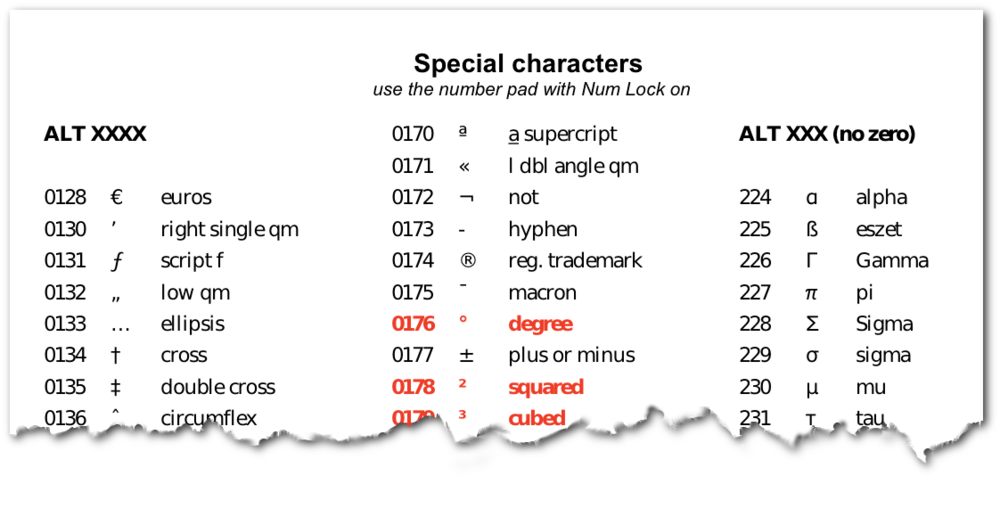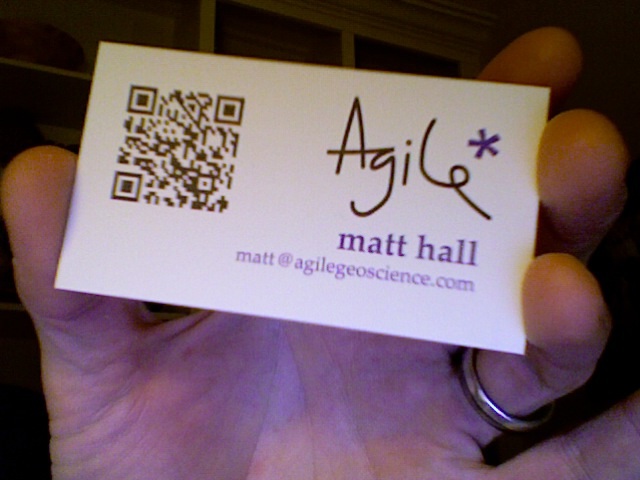3 ways to be Agile*
/Building on last week's post, I think that not only the principles of agile development could apply to subsurface science, I think some of the tactics employed might also benefit us geoscientists. For example:
Ship and iterate: get maps, sections, velocity models, even geomodels, made early. Don’t wait until everything is perfect (it never will be). Making these things will help reveal the weaknesses in the data and the uncertainties interpretation, and you can be more strategic about what you spend time on. Do everything you can to make the iteration faster (use macros, write scripts, outsource).
Daily scrums: subsurface teams get together on a daily basis, for no more than 10 or 15 minutes. Everyone gives their two or three headlines, quick things are dealt with, other things are flagged for follow-up. And everyone can get on with their day... no more 1 hour meetings!
Pair interpretation: seismic interpreters sit together to interpret, with one picking the lines and looking at waveform character, the other taking a wide-angle view, looking for consistency, nearby well ties, or thinking about the geological setting. Slower, probably, but maybe better (in programming, this technique produces fewer bugs).











 Except where noted, this content is licensed
Except where noted, this content is licensed